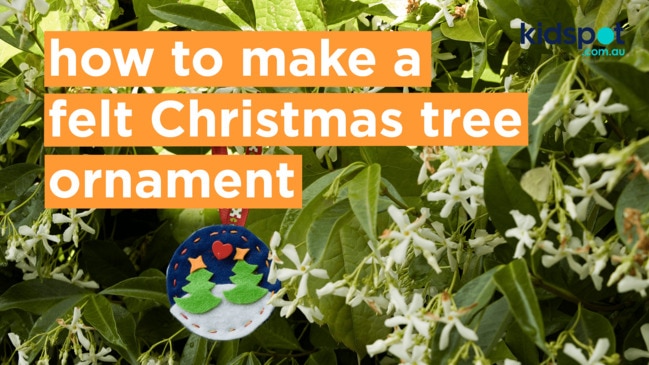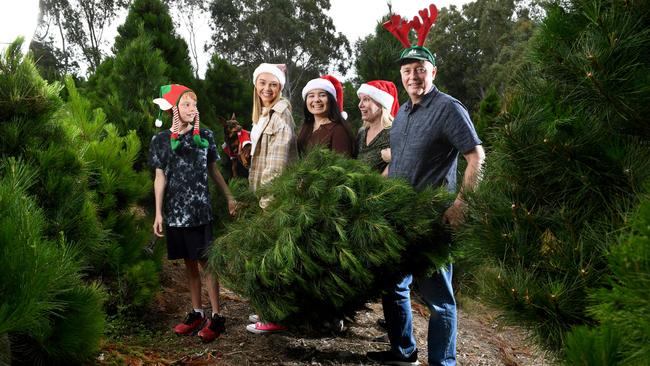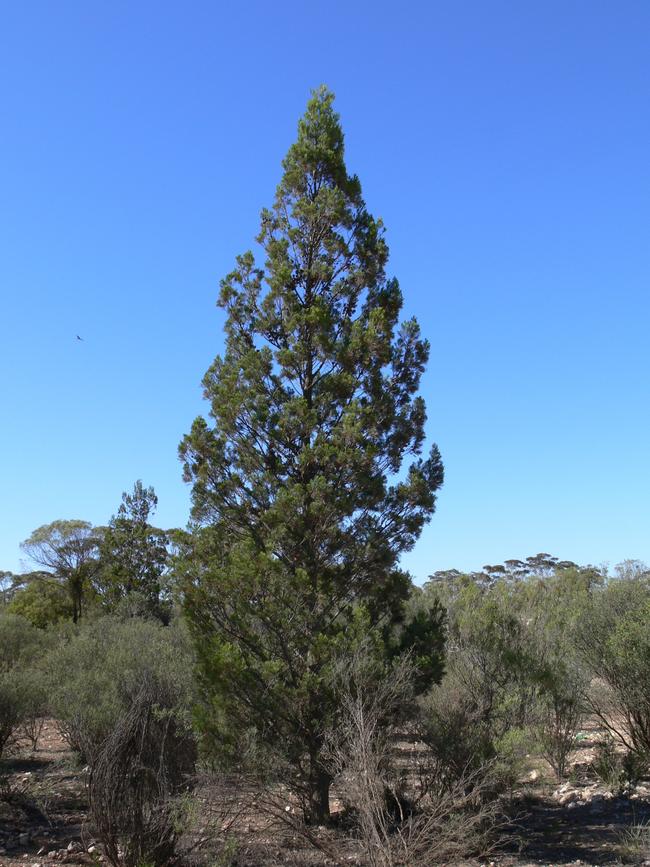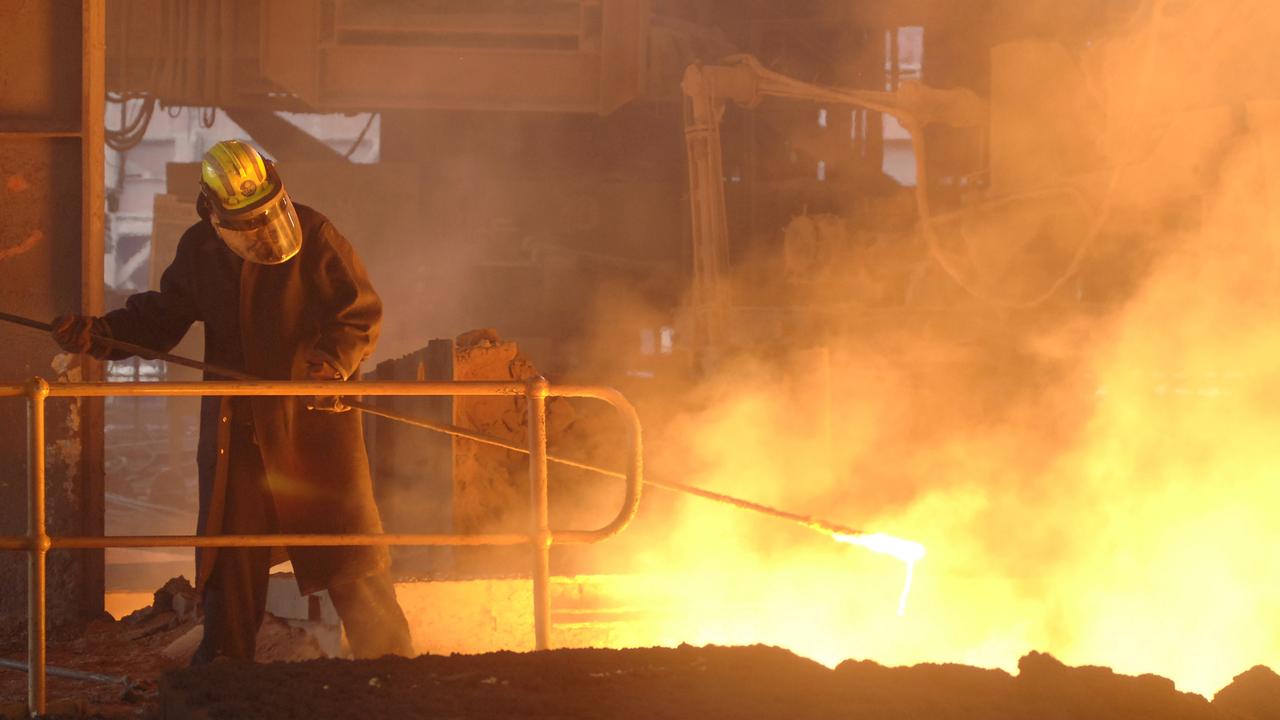What’s the ‘greenest’ type of Christmas tree to buy?
“Green” Christmas trees are in – but what type is the most environmentally friendly? And if you want a real one, you better get in before this date.

SA News
Don't miss out on the headlines from SA News. Followed categories will be added to My News.
Want to buy a Christmas tree this year? You might have better luck asking Santa to bring you one.
Years of drought and two consecutive years of high sales volume has seen Australia’s Christmas tree industry with limited stock, forcing some buyers to pay premium and travel hundreds of kilometres to secure a tree this jolly season.
Kim Kemeny, who runs Clarendon’s Christmas tree Plantation, said demand for trees was the highest he had seen in almost 50 years, with expressions of interest coming not only from locals but also interstate.
This, he said, was fuelled by a limited tree supply across Australia as more families spent Christmas at home due to Covid-19.

“We are inundated with customers but we don’t have enough trees to go around for everybody,” he said.
“There’s been a shortage (across Australia) since 2019, so we’ve been getting calls from Sydney and Melbourne wanting to buy a tree from us.
“Last year, when they couldn’t come over because of Covid, they had them couriered … but we’ve had a couple of calls from people in Melbourne and Sydney recently saying they are planning to drive over in the next week or so as they can’t get one in their own state.
“It is a funny thing when you get someone from Sydney driving over saying ‘I have $500 – I just need a tree and a stand, what can you do for me?’. I mean, they can have whatever they like for that kind of money.”
Mr Kemeny said local buyers wanting to secure a tree this year should hurry.
“I expect that by December 20, we’ll be sold out,” he said.
“So people wanting a live tree this year need to get in early or they may miss out this year.”
What’s the ‘greenest’ Christmas tree?
-Clare Peddie
There’s nothing more delightful than a decorated Christmas tree, whatever its shade of green.
But for the environmentally-conscious, what’s the “greenest” type of tree to buy and the best thing to do with it when the festive season is over?
Trees for Life is clear that best option is a potted tree used year to year.
“Even better, buy a native one and give a gift to the wildlife in your garden all year round,” the organisation’s vegetation services program manager Vicki-Jo Russell said.
“Native Christmas trees can be grown in the garden or in pots and brought inside for the festive season.”
Suitable species in South Australia include native pine (Callitris gracillis) or Oyster Bay pine (Callitris rhomboidea) available from native plant nurseries.
Then there’s the question of what’s the greener option between buying a real tree each festive season and having to dispose of it, versus a plastic tree that can be used year after year.
Plastic trees have the obvious disadvantage of being made from oil-based materials.

Real plantation trees absorb carbon as they grow and have their nutrients recycled if composted, but have their own carbon footprint from harvesting, transport and disposal.
Green groups commonly refer to analysis by the Carbon Trust in the UK, which shows real trees are the winner unless you keep using the same plastic one for a decade or more.
It estimates a 2m artificial tree has a footprint around 40kg of carbon dioxide or equivalent (CO2e) greenhouse gas, “more than twice that of a real tree that ends its life in landfill and more than 10 times that of real trees that are burnt”.
“For a 2m-tall real Christmas tree, with no roots, the carbon footprint is 16kg CO2e if it ends up in landfill,” the Carbon Trust says.
“This is because the tree decomposes and produces methane gas, which is 25 times more potent as a greenhouse gas than carbon dioxide.
“However if you burn your Christmas tree on the bonfire, plant it or have it chipped to spread on the garden, that significantly reduces the carbon footprint by up to 80 per cent (around 3.5kg CO2e).
But unlike in the UK, the festive season in Australia coincides with fire danger season, meaning even on non-fire ban days, a council permit is required to light a fire on your property.
Native nurseries such as the Trees For Life Westwood Nursery at Brooklyn Park and the State Flora Nursery in Belair National Park sell native trees suitable as Christmas trees.
Trees for Life sells two-year old trees for $20 each and saplings for $5, though supplies are limited.



